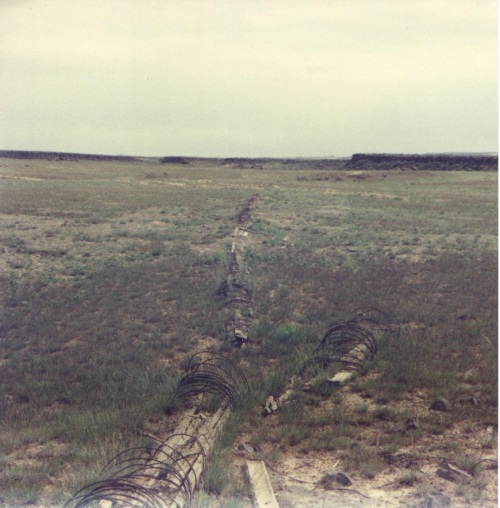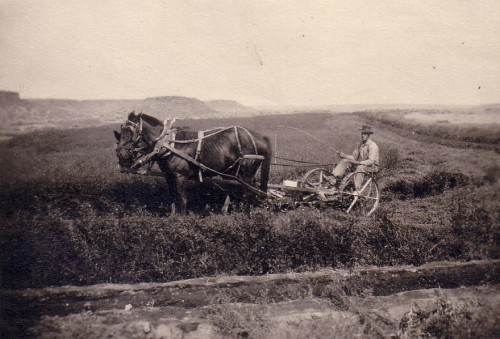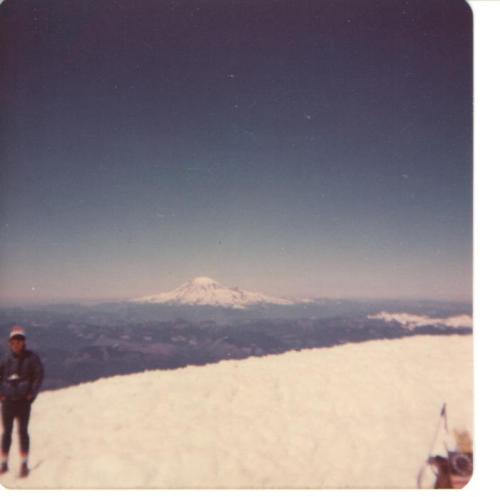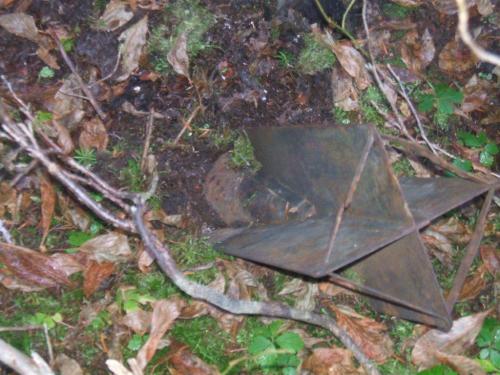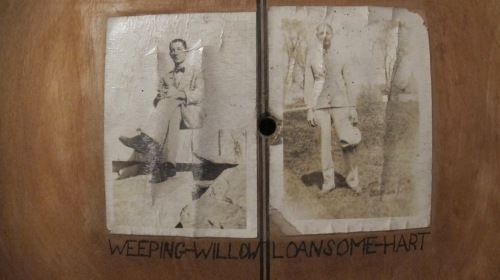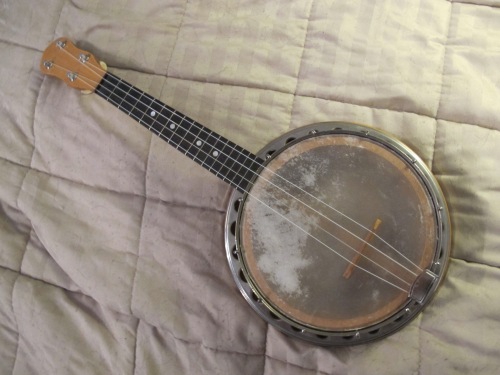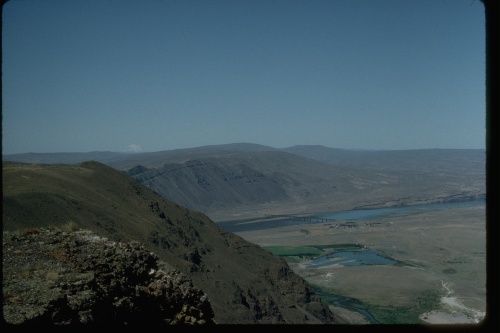
In 1759, an imperialist Sweden, with the aid of their Russian allies, sought to regain lost territory in the region of Prussia known as Pomerania. It was one of many actions in the Seven Years War, a war originally precipitated by an unknown militia officer from Virginia named George Washington. The particular action I am interested in here was a lopsided contest between the Swedish fleet and that of the Prussians, who were defending their independence against their former rulers.
The scene of this contest was a large bay at the mouth of what we now call the Oder River, which the Germans called Stettiner Haff. The Swedish fleet, under Karl Ruthensparre, had penetrated the bay in the early days of August, forcing the retreat of a tiny makeshift Prussian fleet on August 22. But the Prussians rejected the idea of surrender. They gathered fishing boats and cargo scows which they hastily converted into warships. By September 10, they were ready to face the Swedish again.
In our imagination, such encounters were between massive sailing vessels with roaring cannons on many decks. But that wasn’t the case here. The bay was too small for ships of the line. Instead, most of the ships that faced each other relied on oar power. They were galleys or galiots (small ships who could use sails or oars), much like those that fought in the Mediterranean in Greek and Roman wars. Even the gunboats, though equipped with sail as well, used men with oars to maneuver. Of course, the guns made all the difference.
The Swedish fleet that day was commanded by Wilhelm von Carpellan, who arranged his vessels in four lines to meet the enemy. First was a line of four powerful galleys equipped with 13 guns each. They were followed by a line of four demi-galleys, each bearing five guns. These were galleys equipped with sails, but I’m not exactly sure how they differed from the galiots. They were probably larger. The third line contained three sloops, powered by sail, and the only actual ship. It was equipped with howitzers that could lob shells onto the enemy over the heads of the friendly ships ahead of it. Finally, there was a line of thirteen gunboats, oar powered, but with sails available. The gunboats carried only one or two guns, and they had to be maneuvered by oar to aim the shots.
The doughty Prussians came out to face this force with their four galiots and four galleys armed with twelve cannons each. They bolstered this force with five canonnières, shallow water boats carrying less powerful weapons, more suited to use on a lake or river.
You can guess how the battle turned out, even though three of the Swedish demi-galleys and nine gunboats were dispatched to deal with some unknown sails to the south before the battle commenced. Those unknown sails belonged to neutrals, but the Swedish force had been reduced by the distraction.
The Prussians were profoundly beaten: two galleys and two galiots sunk, two galleys, two galiots and one gunboat captured, 490 men taken prisoner and 30 killed or wounded. The Swedes didn’t go unscathed. Officially, one of their gunboats was sunk and 44 men were killed or wounded. Unofficially, though, the toll was somewhat higher.
What brings me to investigate this event is some family history research I’ve been doing. It appears that I have at least three direct ancestors in this battle, two of whom died later as result of the wounds they sustained there. They were all three oarsmen for some of the galleys, galiots, gunboats or demi-galleys, but I haven’t been able to identify which vessels they served on.
All three were members of a sea-going coast guard that traditionally defended the coasts of the Swedish homeland. Two of them actually served in the same unit, and they knew each other from home. The third came from a province in the interior of south central Sweden. Their descendants eventually intermarried and eventually their descendants produced my grandmother.
The oldest of these three men was named Olof Olofsson. As you might guess, it’s a common name in Sweden. I don’t have any birth records for him, so I’ve calculated his age from the date of his marriage. I estimate that he was in his fifties, or even his sixties, when he participated in the battle. He had enlisted in the Swedish Coast Fleet as a båtsman, basically, an oarsman on one of those galleys. Since there are so many common names like his, when he joined up he was assigned a new surname. He became Olof Olofsson Frimodig. This was a common practice in the Swedish military, and the new names were even assigned to certain service numbers, just waiting for young men to take them. My grandfather’s brother spent the remainder of his life as Elmquist, although he was just as much a Danielson as my grandfather was.
The second ancestor involved in this episode was named Olof Olofsson. Sound familiar? He hailed from the region of Ångermanland, and fleet records happen to mention that he was born in 1723. The two men were not related by birth, but they knew each other. This Olof became Olof Olofsson Dunder. This is a name I am proud of, since television evidence clearly links my family to The Office (Dunder Mifflin). Both Olof Olofssons joined the Swedish Coast fleet from the province of Västernorrland, located north of Stockholm. The first one, Frimodig, was my sixth great-grandfather (seven generations from me), and the younger Olof was my fifth great-grandfather. It’s not hard to imagine that in a place as sparsely populated as Ångermanland that the two men might become related by marriage. And, in fact, the younger Olof married the daughter of the older man.
The third man was born in the central Sweden province of Jönköping in 1712. He eventually joined the Coast Fleet as well, as part of the Northern Rosslags Company. He adopted a service name that made him into Israel Olofsson Luthström. Both Luthström and Dunder are fifth great-grandfathers of mine. Their grandchildren married to produce the ancestors of my grandmother.
None of these men died in the battle of September 10, 1759, but Luthström and Frimodig were both grievously wounded. Both of their records indicate that they were sent to something called “Barraquerne,” which might be a hospital or a vessel designated to treat the wounded. Luthström died there on November 19. Frimodig had already passed away on the 14th of November.
You might remember that I said the official Swedish death toll for the battle was 44 killed or wounded. I doubt the accuracy of that number. In the company in which Dunder and Frimodig served there were at least 67 men who perished between October 1759 and January 1760. Most, if not all, of these must have been wounded at the Battle of Stettiner Haff. That is the toll for only one company of all those that served in the battle.
Olof Olofsson Dunder was not listed as wounded, although I would be surprised if he hadn’t served on the same vessel as his father-in-law. He lived on to perish in what I presume was a different action, possibly in Finland, in 1775. Church records in his home parish noted his death on May 28th of that year, but make it clear that he died somewhere else.
These men died in an action that is almost entirely forgotten today. The Pomeranian Campaign ended up gaining nothing permanent: Pomerania remained German. Sixty miles west of the place of battle is a small German town called Barth, which in World War 2 was the site of Stalag Luft 1, a prison camp for captured Allied Airmen. A couple of generations earlier, in 1872, my German great-grandmother was born there. Perhaps her ancestors crewed the Prussian boats in their hopeless resistance to the Swedes.
It’s all in the family.







